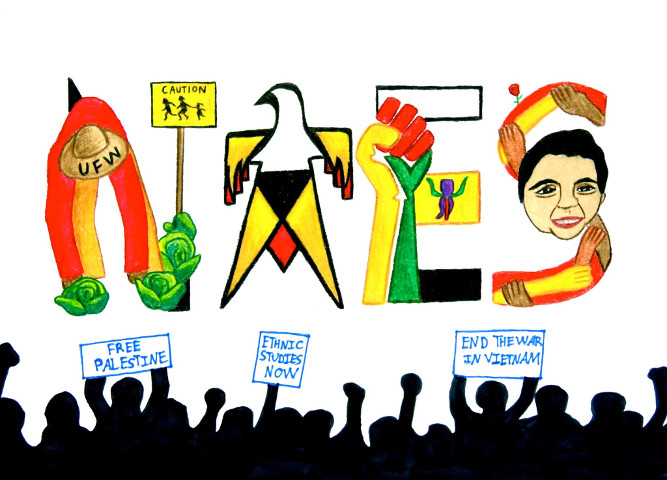Ethnic Studies Review

Orginal Publication Date
2012
Journal Title
Ethnic Studies Review
Volume
35
Issue
esr/vol35/iss1
First Page
101
Last Page
120
Abstract
An unincorporated Pacific Island territory of the United States, Guam has been under American rule since 1 898. While proudly "Chamorro," the descendants of indigenous islanders have been American citizens since 1 950. U.S. foreign policy, Americanization of island institutions, immigration flows from Asia and Micronesia, and economic uncertainty present challenges to the perpetuation of Chamorro culture-a syncretic blend of indigenous, Spanish, and American influences that has endured through centuries of foreign domination. As a gateway from the East to the United States and a frequent destination for Micronesian immigrants from the Compacts of Free Association, Guam regularly receives immigrants from Asia and other Micronesian islands. Many immigrants arrive on Guam to fill labor shortages as professionals or construction workers, while others arrive with limited resources and skills that don't easily transfer across cultures. Adding to this mix, a major U.S. military build-up is underway to transform Guam into a forward base in the Pacific. This article provides a case study of Guam through an overview of historical influences on Chamorro culture, a description of the island's contemporary multicultural society, and a discussion of current geopolitical and social forces impacting Chamorro culture in the land "where America's day begins." Keywords: Chamorro studies, ethnic studies, cultural preservation, ethnic stratification, indigenous studies, colonialism
Rights
Copyright ©ESR, The National Association for Ethnic Studies, 2012


